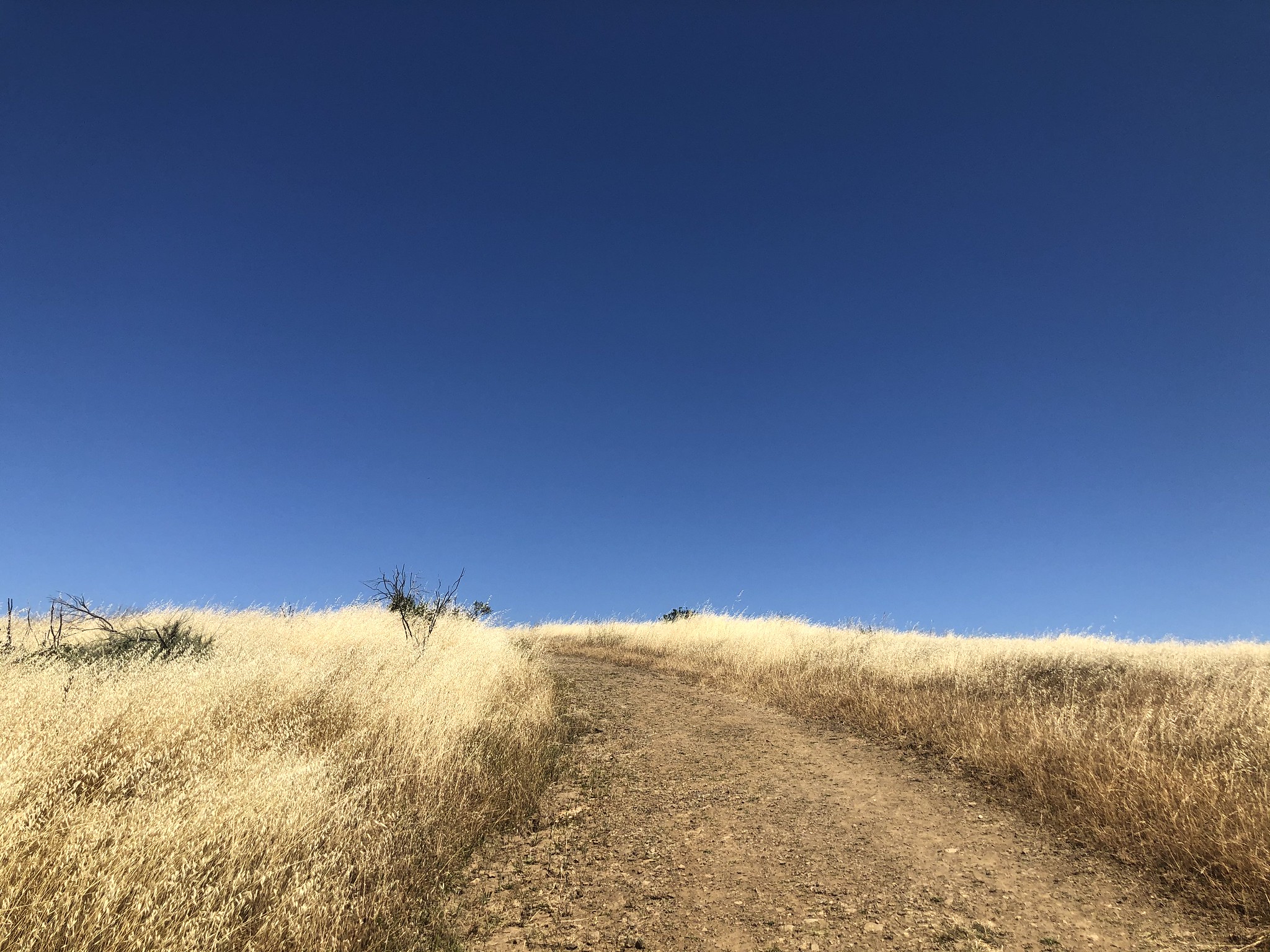Many designers can’t effectively speak to the value they create. Instead, they mostly focus on the beautiful, elegant, user-centered, screen-level artifacts they make.
As a result, many stakeholders don’t see designers as strategic partners but as implementors whose role is designing products right (more engaging, usable, attractive, etc.) rather than designing the right products. Ironically, it’s in the latter where design can make a real difference.
Also, design decisions that appear to be ‘skin deep’ can have profound (and often long-term) implications. Information architecture, in particular, affects how organizations understand their contexts and themselves, how they interact with customers, and how such interactions satisfy customer needs. Major structural choices are tough to ‘do over’; we must get them right the first time.
Designers won’t know what ‘right’ is if they aren’t aligned with the reasons for major structural distinctions. Because of this, designers must see their work through a more strategic lens.
What do we mean by ‘strategy’?
Strategy consultant Richard Rumelt points out that while many people use the word ‘strategy’ to mean goals, aspirations, plans, etc., this is a misunderstanding. Plans, visions, and such are important to defining and implementing a strategy, but they’re not strategies per se.
Instead, Rumelt argues, a strategy should be “a cohesive response to an important challenge.” Michael Porter — a leading authority on strategy — suggests we should think of strategy as “the creation of a unique and valuable position, involving a different set of activities.”
In other words, a strategy is a coherent set of decisions about how we’ll win — whether we’re talking about the marketplace or the football field. This requires choosing what we’ll do and (critically) what we won’t do.
What kinds of choices? The best framework I’ve found is A.G. Lafley and Roger Martin’s integrated cascade of choices, which organizes strategic questions into five levels:
- What is our winning aspiration? What’s our ultimate goal? What are we looking to achieve? What will we be the best at?
- Where will we play? Who are we serving? (I.e., demographic distinctions, market segment, etc.) What channels will we use to reach these customers? Are we sticking to one part of the value chain or going for the whole thing?
- How will we win? What will allow us to move towards our winning aspiration more effectively than our competitors? What’s our unique value proposition?
- What capabilities must be in place? What must we bring to bear to move towards our goal? What relevant resources, IP, skills, etc., do we need?
- What management systems are required? How will the org effectively deploy and manage those capabilities?
Answers to these questions define a coherent direction that allows different parts of the organization to work in unison towards achieving the winning aspiration.
 that offers a good overview of the framework.)](/assets/images/2021/03/cascade-of-choices.jpg)
Lafley & Martin’s integrated cascade of choices. (I pulled the image from a Farnam Street post that offers a good overview of the framework.)
It’s not all top-down. Martin and Lafley call their framework a ‘cascade’ because choices at each level inform and influence the other levels — in both directions.
For example, knowing that we must assemble a team to create a new product will raise questions about management structures. Conversely, knowing that we have a particular resource advantage may lead us to make different choices about our value proposition.
Most organizations won’t likely go through such a structured process, but those that do have an advantage. Teams and companies with a clear strategy can focus their (always limited!) resources more coherently.
How design can help
Designers can be powerful partners to stakeholders trying to make such decisions. And conversely, understanding stakeholders’ decision-making contexts helps designers do more effective work.
Many stakeholders make decisions based on abstractions, such as financial models. Design can make the implications come alive through research, personas, prototype validation, etc. As such, design’s remit to ‘make the possible tangible’ is well-suited to validating strategic choices.
Strategic thinking also adds value when designers see stakeholder directions through a strategic lens. Doing so allows designers and researchers to ask better questions, which leads to framing design challenges more profoundly and constructively. The ultimate result is products, features, systems, etc., that better serve user needs _and _the organization’s goals.
How to think more strategically
So how do we get designers to think more strategically? We start by learning about strategy itself.
Lafley and Martin’s Playing to Win and Rumelt’s Good Strategy/Bad Strategy are my go-to books on the subject. Michael Porter’s articles on strategy are available on the Harvard Business Review. You can also get key Porter articles, along with pieces from other strategic thinkers, in the excellent HBR’s 10 Must-reads on Strategy.
Specific to design, I love Dan Hill’s Dark Matter and Trojan Horses, which offers a “strategic design vocabulary.” (My book notes.) Jamie Levy’s UX Strategy deals with applying research and prototyping techniques towards making more sound strategic choices.
If books aren’t your thing, my workshop From Strategy to Structure (and Back Again) is designed to quickly bring designers up to speed on strategy. I’m teaching FS2S at the upcoming Information Architecture Conference and can also facilitate bespoke versions tailored to individual teams’ needs. (Please get in touch if you’d like to find out more.)
However you do it, please consider how design might help your organization make better choices. Understanding strategy might not lead designers to drive decision-making, but it will make them more valuable partners in the process.
–
A version of this post first appeared in my newsletter. Subscribe to receive posts like this in your inbox every other Sunday.
Amazon links on this page are affiliate links. I get a small commission if you make a purchase after following these links.
